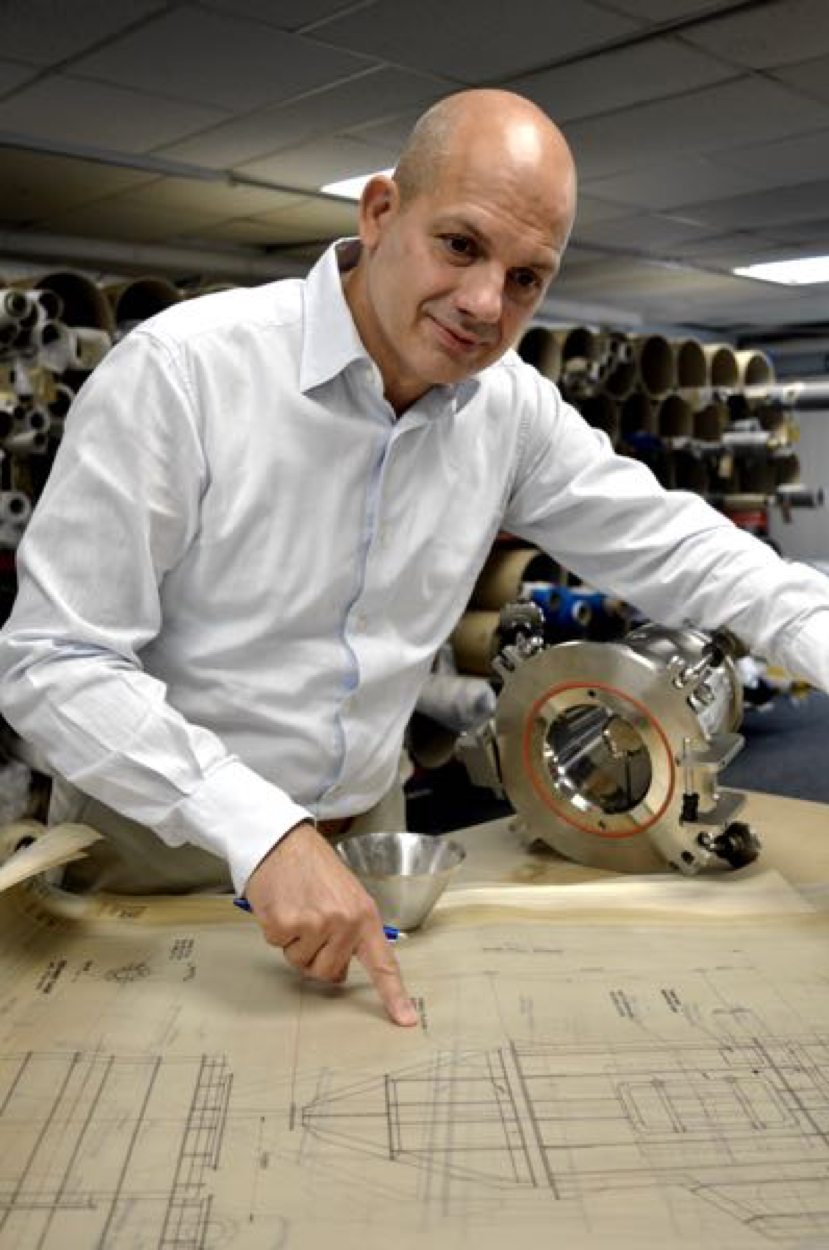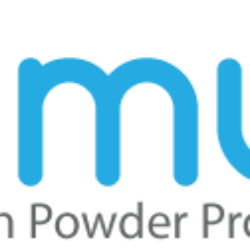Equipment is King
Equipment is King – As posted on Cleanroom Technology – September 12, 2018
Johan Lucas, VP Sales and Business Development at Kemutec Netherlands, describes the engineering required for contamination control in food processing equipment

Kemutec’s Rob Dallow and Tony Goodwin inspect KEK Kibbler/Pre-Breaker
The food production industry does not typically require the same application of traditional cleanroom technology as seen in the semiconductor, pharmaceutical and even food laboratory industries. Contamination control, however, is rightly a top priority for food makers as production needs to be conducted within an ultra-hygienic environment – the food processing equivalent of a cleanroom – which is vital in ensuring that health and safety protocols and quality standards are met. As such, food production companies should be looking to harness technology that helps to minimise contamination risks wherever possible.
Allergies, religious practices, and food quality are the main reasons why contamination needs to be avoided in food production. Compromised quality could also lead to situations like doping allegations in sports nutrition.
Nut, gluten and lactose allergy diagnoses are becoming increasingly common in Western society, and the consumption of these products by people who are allergic can have severe consequences, sometimes fatal. Gluten and lactose require particular caution, as they are very small proteins that can easily be deposited on surfaces in powder form.
Halal and kosher certified food is a huge market, but packaging can be a big potential source of contamination here, particularly in co-packing factories that also handle non-halal and non-kosher food. Any equipment used for meat-packing could, for example, contain pork residues from previous use, so it is vital that machinery can be easily dissembled for ease of cleaning.
Likewise, manufacturers of sports supplements need to ensure that any machinery that has handled steroids or stimulants does not taint the production process for supplements such as whey powders and sports drinks. Even a slight risk of contamination can lead to traces of banned substances showing up in a professional athlete’s blood, resulting in accusations of cheating and jeopardising their career. Only a few years ago, we saw a high profile case when Welsh athletes Rhys Williams and Gareth Warburton blamed the manufacturer of Mountain Fuel drinks for failing their drug tests.
Manufacturing engineering
An inability to prevent contamination occurring, no matter how severe or minor the case is deemed to be, can result in manufacturers failing to pass inspections and can undermine public confidence in their brands. In addition to the above examples, powders such as spices and flavourings are common contaminants, due to their nature as strong tastes that can easily become embedded into grooves on machinery.

Johan Lucas, inspects blueprints with KEK cone mill component
Dairy production also has highly demanding requirements because of the risk of breeding bacteria. This means hygienic design of the production equipment and the production room is crucial to avoid spots where bacteria can grow. For yoghurt products or other cultured dairy foods, bacterial activity is very high, and damp conditions can cause mould to grow. This can then be carried in the air and spread throughout the facility, so a good air filtration system is necessary to remove any contaminants in the air.
In addition to the packaging or filling area, the biggest contamination risks in the food production process is where the raw materials are processed, such as a mixing area. The design of sifting and mixing equipment is therefore crucial in minimising the risks – they need to be easy to clean, and without any death pockets or areas that the product can stick to.
At Kemutec, we introduced a cantilever shaft design that we utilise on all of our Gardner mixers and KEK sifters to make them more hygienic. This means that the shaft of a mixer or sifter only has bearings on one side instead of two. There is no bearing or seal at the non-drive end because a bearing side is always at greater risk of contaminating produce due to its narrow gaps that product can stick to. Kemutec designs also have a hinged door to ensure easy access for cleaning and inspection.
Thorough cleaning of the production equipment and room is also crucial to avoiding contamination, and will typically be done wet and with high pressure to ensure no product trace is left behind.
A “true” cleanroom
Wet cleaning is where the equipment is cleaned both externally and internally, along with a facility’s walls, ceilings and floor. It is particularly important where the goods being produced have a high bacterial risk.
Kemutec equipment, such as the KEK sifters, KEK cone mills and Gardner mixers, have hygienic designs, allowing them to be wet cleaned or even automatically cleaned through built in CIP (Clean In Place) nozzles. Typically, the programme first sprays with detergent, then flushes with water to remove the detergent, and finally, flushes with high-pressure air so the equipment is fully dry and no water droplets remain. This final process is crucial for powder production areas, because powders are sensitive to moisture, and when combined, are at risk of sticking.
The requirements for food production are not the same as for other industries that rely on cleanroom technology. However, if a food manufacturer wanted to create a ‘true’ cleanroom as the term is officially described, with no external pollutants getting in, they could look to adopt the technologies that we would typically see in pharmaceutical and electrical components manufacturing or laboratory testing. Perhaps we might start to see a move towards this in nutraceuticals, where the line between food and pharmaceuticals is being increasingly blurred.
The Iris Diaphragm Valve developed by Mucon, part of the Process Components group of brands alongside Kemutec, is an example of one such piece of equipment that is used in the most stringent of cleanrooms. The valve provides a hygienic way of sealing around tubes and pipes passing through a wall. It is able to close around irregular shaped objects and still provide a great dust and pressure seal, and it can be quickly and easily removed for cleaning and maintenance without the need for tools.
Until we reach a point when such technology might be introduced, a high hygiene environment is the cleanroom of the food processing industry. Food producers need to consider the requirements of the consumer group and how susceptible they are, whether by-products such as bacteria need to be factored in, and the design of the machinery. The big questions to be asked of the technology are: does it make it difficult to attract product, particularly powders, and can it be cleaned easily? Ultimately, manufacturing technology can be designed so well that it almost eclipses the risk of contamination altogether.
